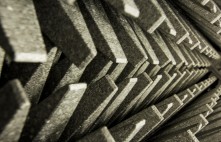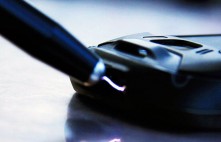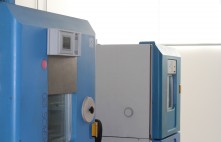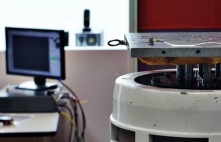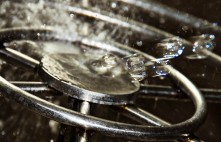IP Test Room
Verifica del grado di protezione degli involucri in accordo alla norma EN 60529
Verification of the protection level of enclosures according to EN 60529
The IP protection degree, as defined in EN 60529 (or IEC 60529), classifies and assesses the protection level provided by enclosures against the ingress of solid particles (such as body parts and dust) and liquids.
What is the meaning of the various IP codes?
The first digit on the left indicates protection against contact with dangerous live parts at low voltage and against contact with dangerous mechanical parts,
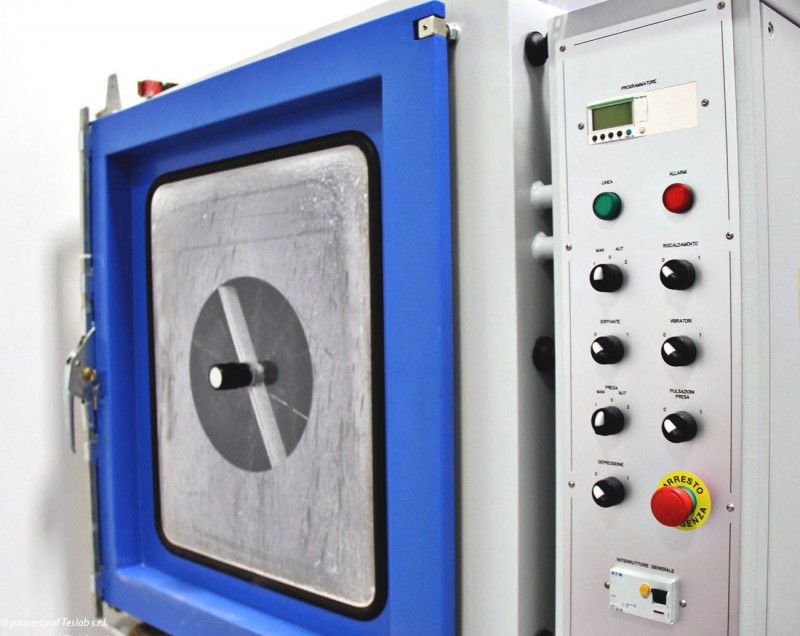
-
IP1X: Protected against access to dangerous parts with the back of the hand
-
IP2X: Protected against access to dangerous parts with a finger
-
IP3X: Protected against access to dangerous parts with a tool (e.g. a screwdriver)
-
IP4X: Protected against access to dangerous parts with a wire
-
IP5X: Protected against dust
-
IP6X: Totally protected against dust
The second digit indicates the protection level against the ingress of liquids:
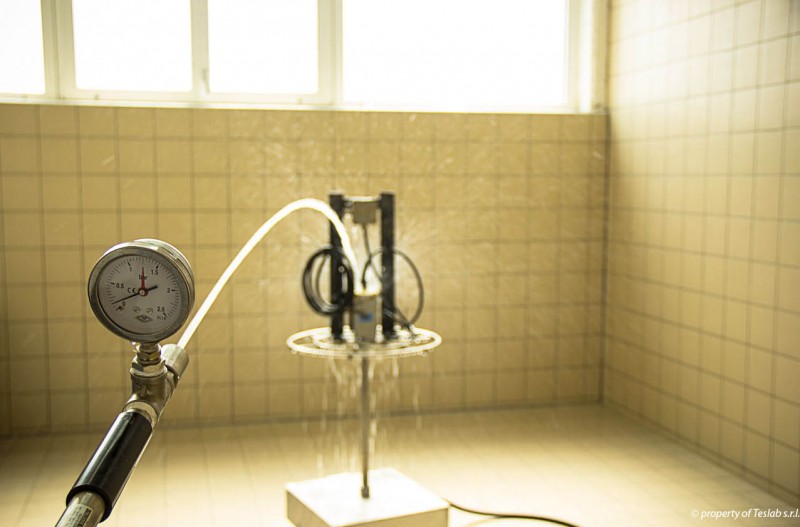
-
IPX1: Protected against the vertical falling of water drops
IPX2: Protected against the slanted falling of water drops
IPX3: Protected against rain
IPX4: Protected against water splashes
IPX5: Protected against water jets (10 liters per minute)
IPX6: Protected against violent water jets (100 liters per minute)
IPX7: Protected against temporary immersion
IPX8: Protected against continuous immersion
Generally, protection levels are joined for both digits, the most common are
- IP44: Protection against the penetration of solid bodies larger than 1 mm. Protection against splashes in any direction.
- IP54: Protection against the penetration of solid bodies larger than 1 mm. Protection against penetration of water jets in any direction. The penetration of dust and liquids must not damage the equipment.
- IP65: Protection against the penetration of solid bodies larger than 1 mmi. Protection against powerful water jets in any direction. Penetration of liquids must not damage the equipment.
- IP67: Protection against the penetration of solid bodies larger than 1 mmi. Protection against temporary immersion in water for 30 minutes at a depth of 1 meter.
- IP 68: Protection against the penetration of solid bodies larger than 1 mmi. Protection against permanent immersion in water at a depth of over 1 meter, in this case the manufacturer must specify the maximum depth to which the enclosure can be subjected.
With its instrumentation, Teslab is able to perform all the levels previously described.

